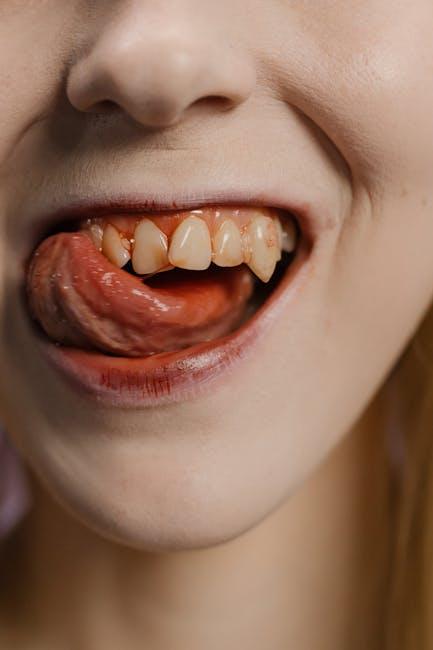
Does Medicaid Cover Dental? Orthodontics, Common Procedures & State Coverage
Dental health is a crucial part of overall well-being, yet many people wonder, does Medicaid cover dental? The answer isn’t simple—it varies widely depending on the state, the individual’s age, and specific Medicaid plans. In this article, we’ll explore Medicaid dental coverage, including orthodontics, common dental procedures covered, and how coverage differs from state to state. Whether you’re a current Medicaid recipient or researching health insurance options, you’ll gain valuable insights to navigate dental benefits effectively.
Understanding Medicaid Dental Coverage: The Basics
Medicaid is a joint federal and state program designed to provide health coverage for low-income individuals and families. While federal Medicaid law mandates coverage for certain medical services, dental coverage is more limited and largely varies by state.
Who Qualifies for Medicaid Dental Coverage?
Medicaid dental benefits primarily focus on the following groups:
- Children under 21: The federal Early and Periodic Screening, Diagnostic, and Treatment (EPSDT) benefit requires states to provide comprehensive dental care for kids.
- Adults: Dental coverage for adults is optional and depends on individual state Medicaid programs.
- Pregnant Women: Many states offer dental benefits due to the importance of dental health during pregnancy.
Does Medicaid Cover Orthodontics?
Orthodontic treatment, including braces, is often seen as a cosmetic procedure, which impacts its eligibility for Medicaid coverage. Here’s what you need to know:
- Children and Adolescents: Many state Medicaid programs cover orthodontic treatment if it’s deemed medically necessary—for example, to correct severe bite problems or other functional impairments.
- Adults: Orthodontic coverage for adults is rare but possible in some states when there’s a documented medical need.
- Medical Necessity: Routine orthodontics for cosmetic reasons typically aren’t covered. Documentation from a dental professional is often required to confirm medical necessity.
Examples of Orthodontic Coverage by State
| State | Orthodontic Coverage for Children | Orthodontic Coverage for Adults |
|---|---|---|
| California | Covered with medical necessity | Very limited, case-by-case |
| Texas | Limited, mainly medical necessity | Not covered |
| New York | Covered with restrictions | Rarely covered |
| Florida | Covered for children | Not covered |
Common Dental Procedures Covered by Medicaid
Dental coverage varies, but typical services offered under Medicaid often include:
- Preventive care: Cleanings, exams, and X-rays.
- Fillings: Treatment for cavities.
- Extractions: Removal of damaged or decayed teeth.
- Root canals and crowns: When medically necessary to save teeth.
- Dentures and partials: Replacement of missing teeth, especially for adults.
Note that coverage for these procedures can be limited or subject to caps, frequency restrictions, or prior authorization requirements based on your state’s Medicaid program.
State-by-State Medicaid Dental Coverage Overview
Since Medicaid dental benefits for adults are optional, states have adopted very different policies. The table below summarizes adult dental coverage options across some states, giving a snapshot of the variation:
| State | Adult Dental Coverage | Range of Benefits |
|---|---|---|
| California | Yes | Extensive preventive & restorative care |
| New York | Yes | Comprehensive dental services |
| Texas | No | Emergency dental only |
| Florida | No | Limited emergency services |
| Ohio | Yes | Preventive and some restorative |
Benefits of Medicaid Dental Coverage
Access to Medicaid dental benefits brings several advantages, including:
- Improved Oral Health: Access to cleanings and care prevents cavities, gum disease, and infections.
- Reduced Emergency Visits: Timely dental care reduces the risk of painful and expensive emergency treatments.
- Better Overall Health: Oral health impacts heart disease, diabetes, and other chronic illnesses.
- Financial Relief: Medicaid reduces or eliminates out-of-pocket dental expenses.
Practical Tips for Maximizing Your Medicaid Dental Benefits
- Know Your State’s Medicaid Dental Benefits: Check your state Medicaid website or contact your local Medicaid office for detailed coverage info.
- Find Medicaid-Approved Dental Providers: Use Medicaid provider directories to locate in-network dentists who accept Medicaid patients.
- Get Prior Authorization If Needed: Some procedures require approval — ask your dentist if the treatment needs pre-approval.
- Use Preventive Services Regularly: Routine cleanings and exams help prevent complex dental issues and maintain benefits.
- Keep Documentation for Medical Necessity: For orthodontics or specialized treatments, have your dentist document the medical reasons.
Firsthand Experience: Medicaid Dental Coverage Success Story
Jessica, a Medicaid recipient in Ohio, shares her experience:
“Getting dental care through Medicaid has been a lifesaver. I didn’t realize how much my oral health was impacting my confidence until I received braces approved under Medicaid because of my overbite. The process wasn’t complicated, and the support from my dentist’s office was excellent. Now, I’m more comfortable smiling and feel healthier overall.”
Frequently Asked Questions About Medicaid Dental Coverage
Q: Does Medicaid cover teeth cleanings for adults?
A: Coverage for adult dental cleanings varies by state. Some states offer preventive care for adults, while others limit coverage to emergencies.
Q: Can Medicaid pay for dentures?
A: Many states cover dentures for adults under Medicaid, but it depends on the state’s policy and medical necessity.
Q: How do I check if a dentist accepts Medicaid?
A: Visit your state Medicaid website or use the official Medicaid provider database to find participating dental providers near you.
Conclusion
Medicaid dental coverage is an essential resource, especially for children and low-income adults, but understanding how it works can be challenging due to state-level differences. While Medicaid covers a broad range of dental procedures for children under federal law, adult coverage and orthodontic benefits differ widely. Knowing what your specific state offers and working closely with Medicaid-approved providers can help you maximize your benefits and maintain good oral health. Remember, preventive dental care is key to avoiding more severe problems down the road – so don’t delay in seeking the dental services you need.
For more detailed, personalized information, always consult your local Medicaid office or healthcare advisor, and stay informed about changes to your state’s Medicaid dental program.


